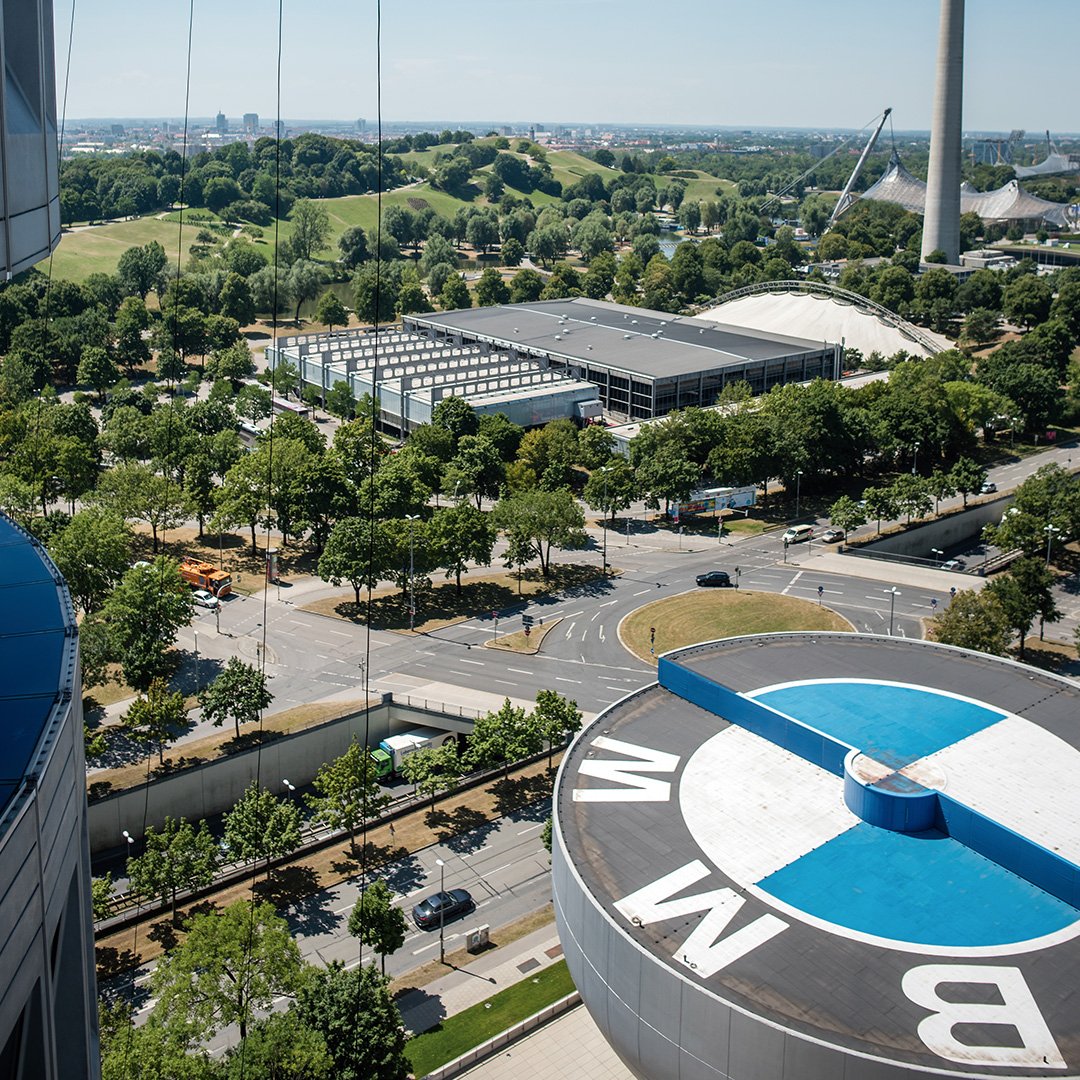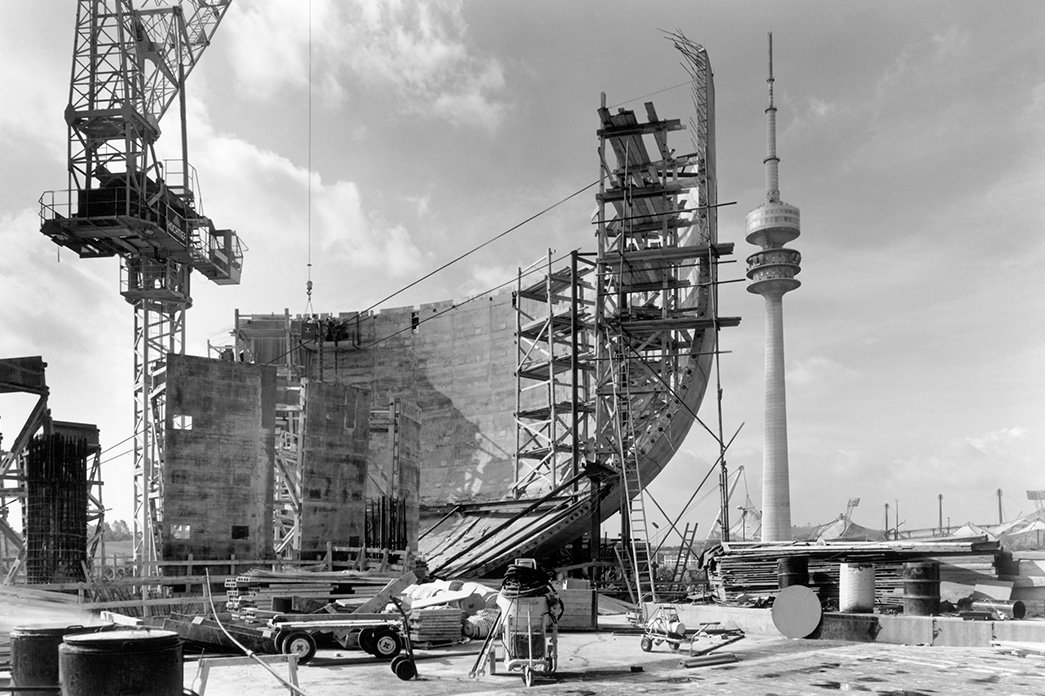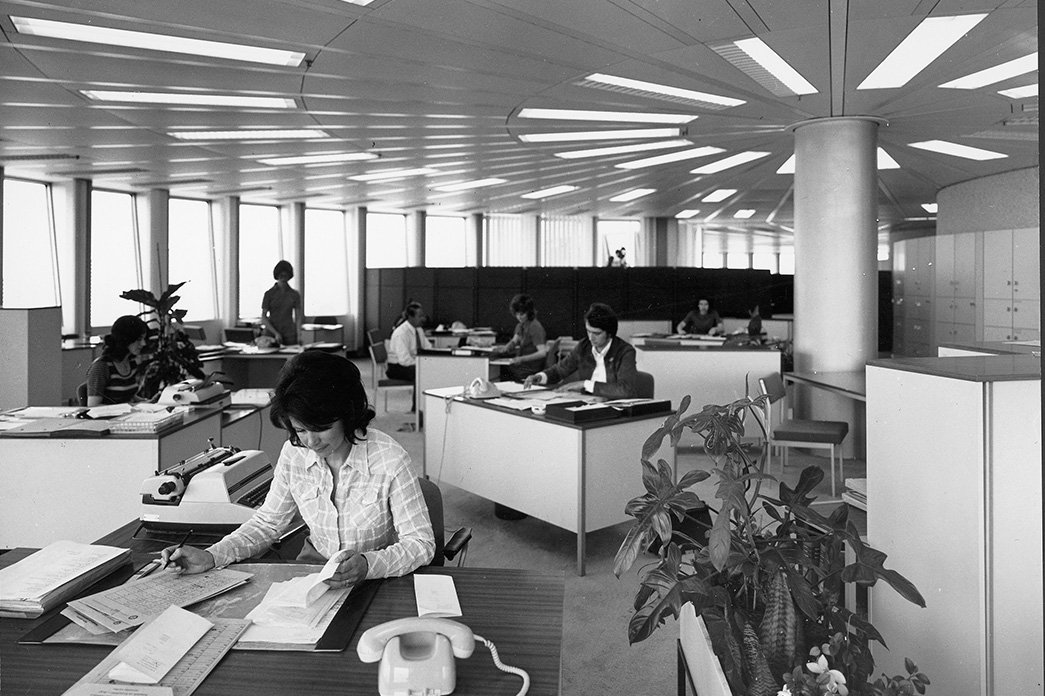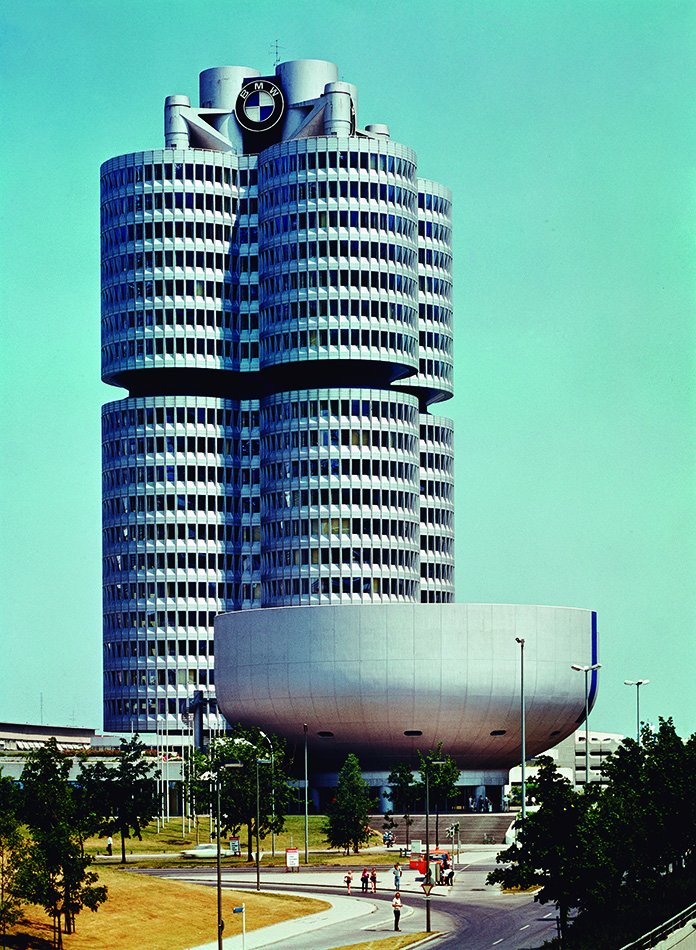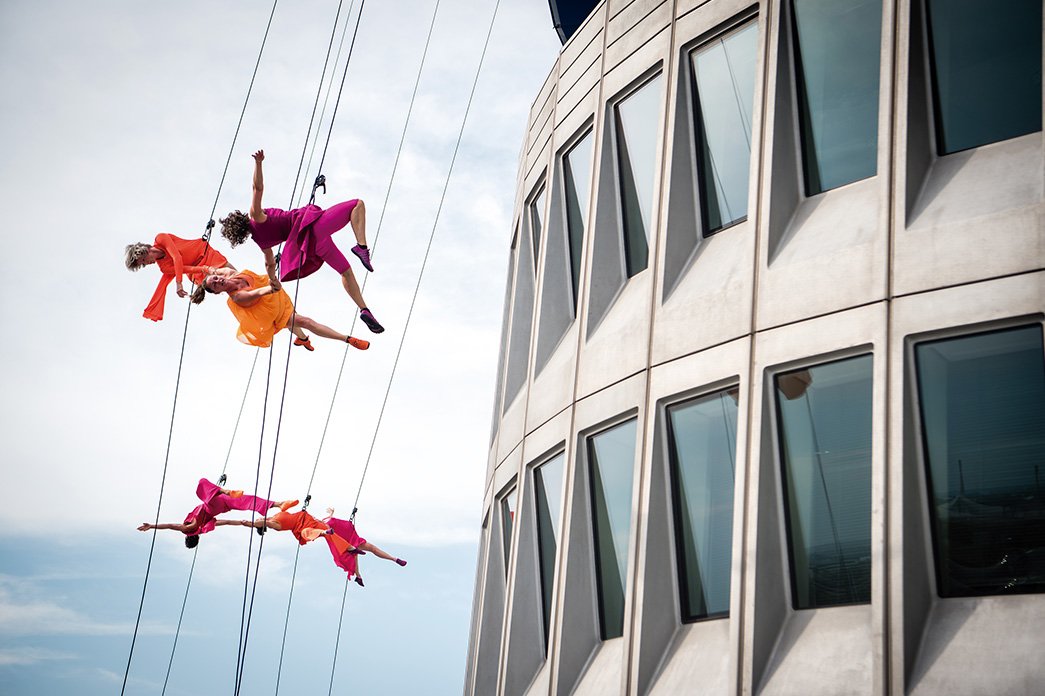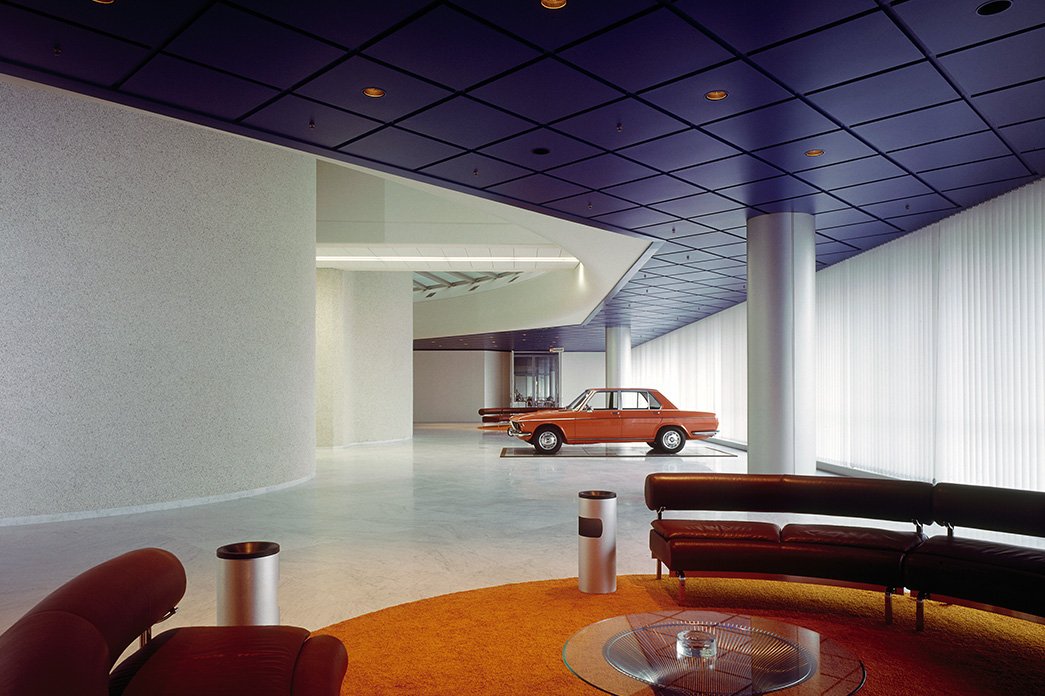The so-called «Hochhaus» (as everyone knows it) played a key role in the
history of the BMW brand. It was in the late 1960s, a time of great success for
BMW, that the business was expanded and new horizons opened up. Eight years
later, it was in the hands of architects to present what was to become the
brand’s office space. With various visions of what the «Hochhaus» building
could be, the winning project that would become an international icon came from
Austrian Karl Schwanzer. The architect from Vienna who designed and realised
something revolutionary. There are 22 floors for offices, meeting rooms and a 99.50-metre-high
basement, centred around the four main cylinder-shaped elements. Schwanzer was
inspired by the architectural language of Brazilian architect Oscar Niemeyer,
highlighting the need for office spaces with a modern design that enabled co-working
between employees. And even in the construction technique Karl was daring and
irreverent. The almost 100-metre-high building was built from top to bottom,
and not the other way round, as is usual, i.e. the upper floors were built
first, let’s say «hanging» from the steel roof construction, with the
reinforced concrete central tower being erected first, while the four main
cylindrical elements were taking shape on the ground, and then hydraulically moved
upwards and completed in segments. Something unheard of in the 1960s. But which
proved that the futuristic and innovative thinking is not in the era, but in
its thinker and creator. The construction of the building began in 1968 and
four years later, when Munich hosted the Olympic Games for the first time in
1972, the building was completed, with the official opening date being May 18, 1973.
